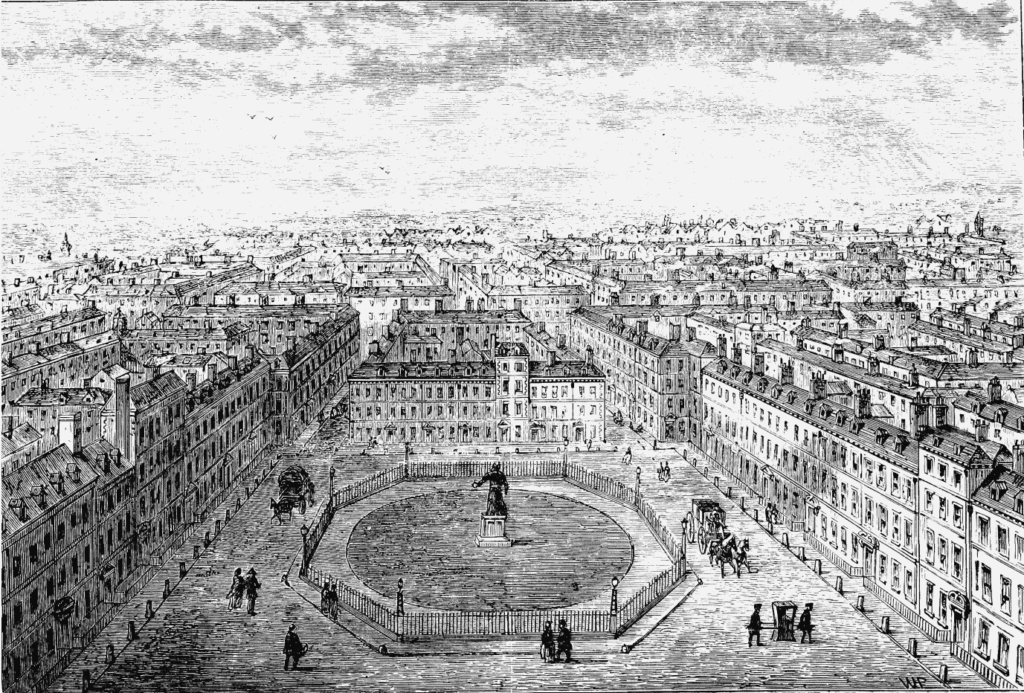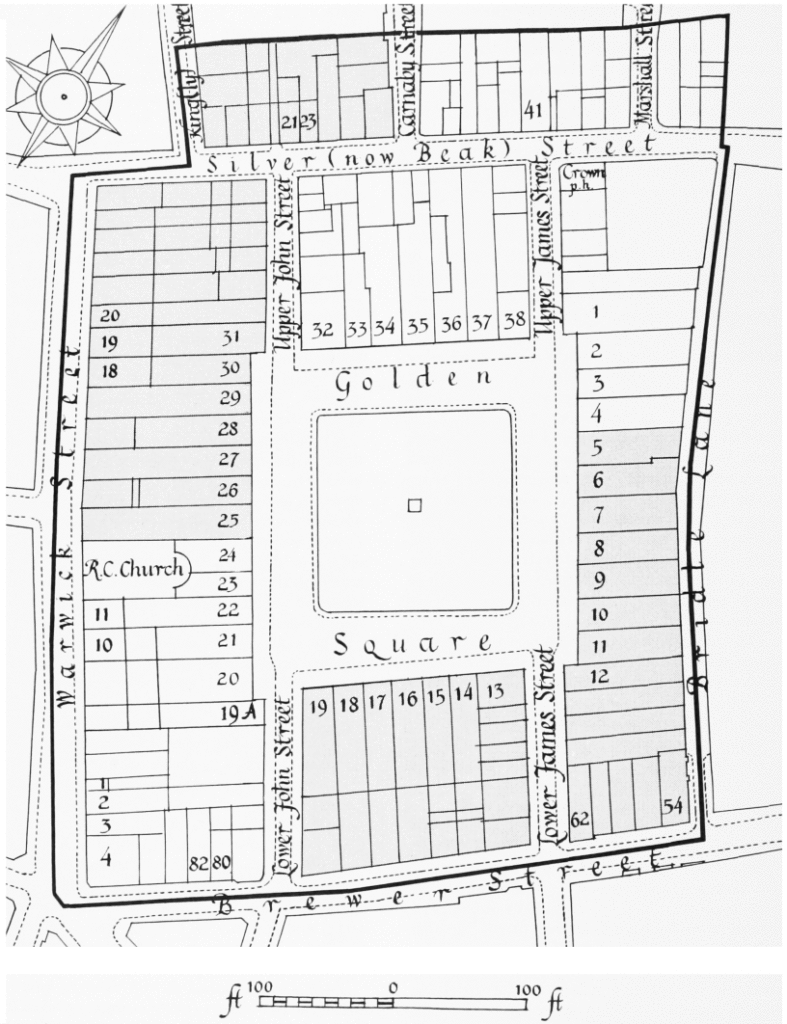I learn the most interesting things about Regency society reading the advertisments. Take this week’s knowledge on book prices, or when I learned powdered drinks were not just a modern thing.
I spied this ad from La Belle Assemblée’s August 1807 advertising section, and I was a little perplexed and then after I thought about it…surprised. My suspicions and interest peaked, I did a little research to learn that indeed, what I suspected was true.
This was an ad for abortions.
I read confirmation in a couple of sources (When We Die: The Science, Culture, and Rituals of Death, http://www.carolynjewel.com/historical/pregnancy.php) and then tried to dig a little deeper.
According to the first source, abortion in Britain was legal before the 19th century as long as it was done before the mother felt the movement (or “quickening”) of the baby, or about fifteen weeks. In 1829, Parliament passed an act making abortion after fifteen weeks illegal. Nonetheless, without birth control and terrible repercussions for unwed motherhood made abortion common (We Die: The Science, Culture, and Rituals of Death).
My research also produced an interesting picture of Golden Square.
 Located in Soho, its just east of Regent Street and north of Piccadilly Circus, it was created sometime in the 1670s. Housing many embassies and ambassadors through the late 17th and 18th centuries, it was home also to many artists, piano and harpsichord makers.
Located in Soho, its just east of Regent Street and north of Piccadilly Circus, it was created sometime in the 1670s. Housing many embassies and ambassadors through the late 17th and 18th centuries, it was home also to many artists, piano and harpsichord makers.
According to Charles Dickens, by 1839 Golden Square had become “a great resort of foreigners” with musicians, hotels and boarding houses (http://www.british-history.ac.uk/survey-london/vols31-2/pt2/pp138-145).
As early as 1728 there were doctors living in Golden Square, and by 1840 nine, likely including the elusive Mrs. Grimstone (http://www.british-history.ac.uk/survey-london/vols31-2/pt2/pp138-145).

Figure 18:
Golden Square, layout plan showing the division in 1675 between James Axtell and Isaac Symball.Hatched plots represent Axtell’s land, unhatched plots Symball’s. Based on the Ordnance Survey, 1870–5









